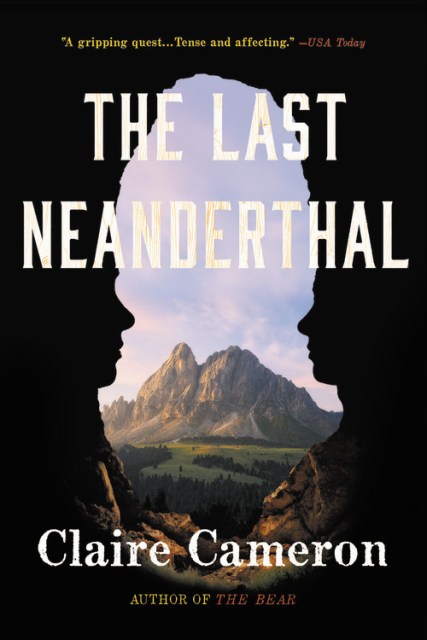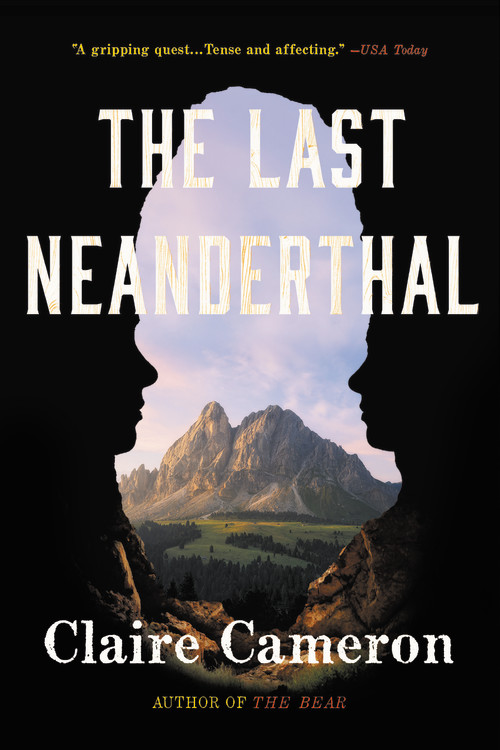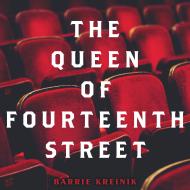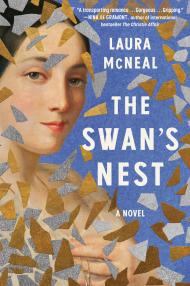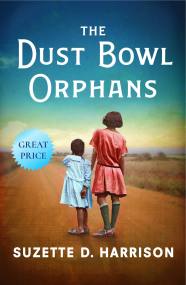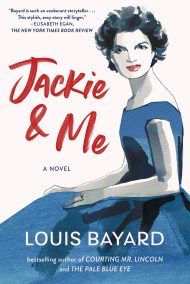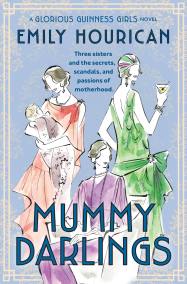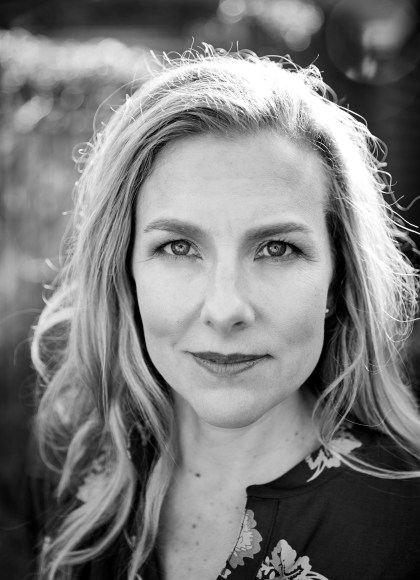Promotion
Sign up for our newsletters to receive 20% off! Shop now. Exclusions apply.
By clicking “Accept,” you agree to the use of cookies and similar technologies on your device as set forth in our Cookie Policy and our Privacy Policy. Please note that certain cookies are essential for this website to function properly and do not require user consent to be deployed.
The Last Neanderthal
A Novel
Contributors
Formats and Prices
Price
$21.99Format
Format:
- Trade Paperback $21.99
- ebook $9.99
- Audiobook Download (Unabridged)
This item is a preorder. Your payment method will be charged immediately, and the product is expected to ship on or around April 17, 2018. This date is subject to change due to shipping delays beyond our control.
Also available from:
From the author of The Bear, the enthralling story of two women separated by millennia, but linked by an epic journey that will transform them both.
Forty thousand years in the past, the last family of Neanderthals roams the earth. After a crushingly hard winter, their numbers are low, but Girl, the oldest daughter, is just coming of age and her family is determined to travel to the annual meeting place and find her a mate.
But the unforgiving landscape takes its toll, and Girl is left alone to care for Runt, a foundling of unknown origin. As Girl and Runt face the coming winter storms, Girl realizes she has one final chance to save her people, even if it means sacrificing part of herself.
In the modern day, archaeologist Rosamund Gale works well into her pregnancy, racing to excavate newly found Neanderthal artifacts before her baby comes. Linked across the ages by the shared experience of early motherhood, both stories examine the often taboo corners of women’s lives.
Haunting, suspenseful, and profoundly moving, The Last Neanderthal asks us to reconsider all we think we know about what it means to be human.
Forty thousand years in the past, the last family of Neanderthals roams the earth. After a crushingly hard winter, their numbers are low, but Girl, the oldest daughter, is just coming of age and her family is determined to travel to the annual meeting place and find her a mate.
But the unforgiving landscape takes its toll, and Girl is left alone to care for Runt, a foundling of unknown origin. As Girl and Runt face the coming winter storms, Girl realizes she has one final chance to save her people, even if it means sacrificing part of herself.
In the modern day, archaeologist Rosamund Gale works well into her pregnancy, racing to excavate newly found Neanderthal artifacts before her baby comes. Linked across the ages by the shared experience of early motherhood, both stories examine the often taboo corners of women’s lives.
Haunting, suspenseful, and profoundly moving, The Last Neanderthal asks us to reconsider all we think we know about what it means to be human.
Genre:
-
PRAISE FOR THE LAST NEANDERTHAL:Emily Gray Tedrowe, USA Today
"Arresting... Gripping... This vivid...novel makes clear how much we carry on from those who existed long before us."
-
"Masterfully examines our connections to our evolutionary cousins...a novel to cherish."Trevor Corkum, Toronto Star
-
"A powerful, warm and thought-provoking book that artfully blends facts with fiction to put flesh on many abstract scientific debates."Yuval Noah Harari, author of Sapiens: A Brief History of Humankind
-
"Claire Cameron reunites us with our past, with the beginning of humanity. In this book I lived next to people who populated the earth a very long time ago and have long since vanished completely. To make you feel for them, and what is more: feel with them is a great achievement. The Last Neanderthal is one of those novels that opens the world to you in a different way. And after you finish reading, this world will never look the same to you again."Herman Koch, bestselling author of The Dinner
-
"The Last Neanderthal is astonishing. With delicacy and tenderness, Claire Cameron imagines the struggles of a Neanderthal family to sustain itself physically and psychologically in the face of extinction. As we follow Girl, her mother and brothers, and a mysterious stray called Runt, we are put in touch with what is most ancient and noble in human nature. At the same time, the parallel contemporary narrative shows us how little, over the eons, the human heart has changed. I'm thrilled by Cameron's adventurous and deeply empathic tale, an example of what fiction at its best can do."Pamela Erens, author of Eleven Hours
-
"Claire Cameron's newest novel, The Last Neanderthal, is fascinating, insightful and poignant; a moving narrative of the last survivors of a harsh and unforgiving environment that is both exotic and achingly familiar. It is a story of our profound connectedness to our ancestors, exploring the ultimate question of what it means to be truly 'human.'"Kathleen Kent, author of The Heretic's Daughter
-
"The Last Neanderthal is a book like no other. Claire Cameron effortlessly inhabits the worlds of two very different women-a female Neanderthal desperate to survive and an archeologist who fears losing control of her dig site-and shows us they are not that different after all. A powerful novel that will make you cry. And laugh, too."Marcy Dermansky, author of The Red Car
-
"This rich, literary, science-based imagining of Neanderthal life intrigued me from the start. The parallels between two women navigating complex lives from across time and space-and across a narrow species boundary-is captivating in itself. But more than this, while reading The Last Neanderthal, I felt myself standing with new feet within our human lineage. This book makes me want to pay attention to the senses that are in our blood-an alertness to vision, smell, touch, weather, the presence of other creatures-that can come naturally to us as a Homo sapiens, but have been lost from inattention and lack of use. I find myself walking into the world with a heightened awareness of what it means to be fully human."Lyanda Lynn Haupt, author of Mozart's Starling
-
"Thoroughly immersed in the recent explosion in knowledge-and speculation-about our closest kin."Brian Bethune, Maclean's (Canada)
-
"The women of Cameron's The Last Neanderthal are fierce, whatever their time period. This meditation on motherhood, passion and survival is lush and lovingly detailed, creating a world that's frighteningly accurate and reassuringly heartfelt. Couldn't put it down."Eden Robinson, author of Monkey Beach
-
"A necessary, brilliantly feminist and intuitive reading of our earliest history. Cameron memorably paints a full world with her Neanderthals and binds it perfectly to our own."Sheila Heti, author of How Should a Person Be?
-
"Forty millennia separate the two female protagonists of this impressively executed novel from the author of The Bear. ... [The] book's greatest strength [is] its ability to collapse time and space to draw together seemingly dissimilar species: ancestors and successors, writer and reader."Publishers Weekly (starred review)
-
"Cameron expertly intertwines Girl's and Rose's stories....an engaging tale that celebrates the search for life's meaning and its quotidian nature."Carla Jean Whitley, BookPage
-
"Cameron pulls out all the literary stops in giving Neanderthals as much free rein, agency, and authenticity as possible.... This could easily be the best book that shakes up the classic Neanderthal tropes in science fiction and fantasy."Lydia Pyne, Los Angeles Review of Books
-
"Poignant...shines a mirror into our own humanity."Martha Anne Toll, The Millions
-
"Transcending the challenges of bringing to life a nearly silent family, Cameron generates excitement through a hunt gone unexpectedly wrong."Kirkus Reviews
-
"The Last Neanderthal offers current science but places it in the context of emotional lives, particularly the intensity of pregnancy and childbirth --- and in so doing, Cameron urges readers to reflect on just what being "human" really means."Norah Piehl, BookReporter
-
"The Last Neanderthal is emotionally engaging.... This immersive story unites two women across time [and] infuses the interrelated stories with warmth, enhanced by vivid details about Neanderthal experiences."Suzan L. Jackson, Shelf Awareness
-
"Cameron understands what we share with our distant cousins-those basic emotions, fundamental feelings-but she also has a seamless understanding of the contours of those feelings and she uses that natural empathy to incredible effect. It's perhaps a strange thing to say about a novel that's fundamentally about extinction, but The Last Neanderthal is a pleasure to read."Stassa Edwards, Jezebel
-
"A deeply sympathetic portrait of a Neanderthal girl struggling to survive some 40,000 years ago, battling leopards, bison, a brutal winter and starvation. Her vivid survival story is interwoven with the tale of a pregnant archaeologist named Rosamund, who makes a startling discovery when she finds the fossilized remains of a Neanderthal and a human buried next to each other."Alexandra Alter, New York Times
- On Sale
- Apr 17, 2018
- Page Count
- 288 pages
- Publisher
- Back Bay Books
- ISBN-13
- 9780316314466
Newsletter Signup
By clicking ‘Sign Up,’ I acknowledge that I have read and agree to Hachette Book Group’s Privacy Policy and Terms of Use
